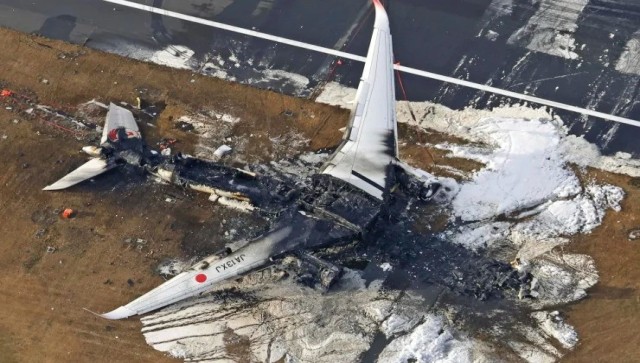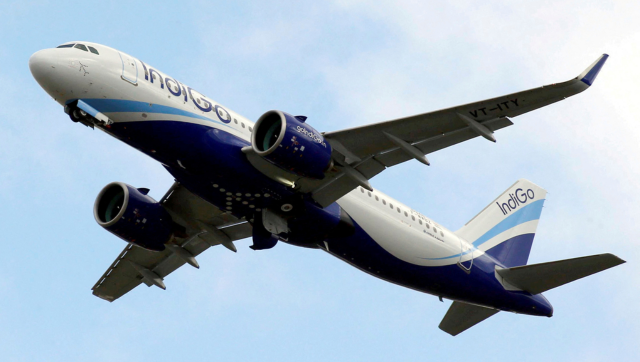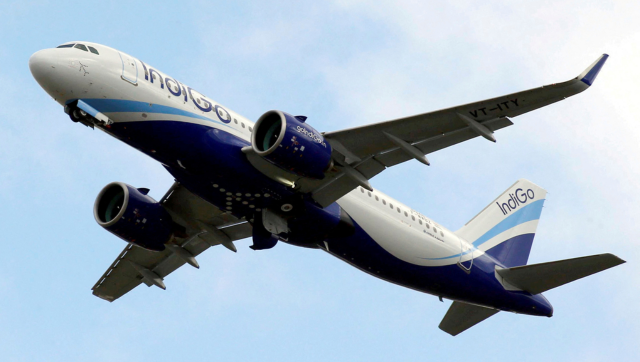With Tony Fernandes finally ending the suspense over who would be AirAsia India CEO, the battle lines are drawn.
The government even made a policy change recently, by allowing airlines to charge for ancillary services, ahead of the entry of the low-cost warrior from Malaysia.
The key to the airline’s India strategy, as Fernandes himself has already revealed, is going to be pricing.
“In terms of differentiator, the price would be one. We have a strong network too,” Fernandes had said in a conference call after the announcement of the three-way joint venture for Indian operations.
International services will not be a focus area for it as AirAsia X already takes care of these. He had also said that the Indian company will initially have three to four planes and gradually scale up.
However, it is not going to be an easy flight for AirAsia in India, says a report in the Business Standard. Here are four reasons why:
# It will be difficult to hold on to low-cost fares in India for a variety of reasons, including the high tax that makes jet fuel costly.
With average fares already ranging between Rs 4,000 and Rs 4,500, there is a limit to which they can be further dropped. Nonetheless, domestic low cost players expect the prices to fall 8-10 percent once AirAsia’s India venture takes off, the BS report said. Moreover, globally low-cost carriers take advantage of smaller airports that are cheaper and help them save costs. AirAsia also does that. According to this report on IBNLive.com, when it started Philippines operations, the airline chose Clark Airbase, which is 70 km away from Manila, as its base and not Manila Ninoy Aquino, the main airport, purely for cost reasons. India does have such smaller airports and AirAsia has chosen Chennai-one such-to make its base. But, it will be difficult for the airline to avoid flying to big cities for long. And there are no cheaper secondary airports in such cities in India. So, once it starts flying to big cities, airport costs will force it to increase the fares for fear of denting its margins.
# The competition is not only with low-cost carriers, but also with full service ones, unlike in Malaysia and elsewhere.
A senior executive with a domestic LCC quoted in the BS report says while budget carriers in India have average fares of about Rs 4,000, the corresponding figure of Air India or Jet Airways is Rs 4,050 or Rs 4,100.
# For ticket sales, Indian airlines are predominantly dependent on agents, while AirAsia has primarily relied on its own website. In 2012, AirAsia sold 65 percent of its tickets through its website. “Despite trying for 15 years, Jet Airways has been unable to increase it to beyond 10 percent. The ratio is higher for IndiGo, but India’s largest LCC still relies on agents and online travel agencies,” the I_BNLive_ report said.
# AirAsia may find it difficult to aggressively target ancillary revenue as it does overseas.
This is because Indian airlines have started charging for ancillary services only now and an aggressive posturing, like charging for everything from wheelchairs to same row seats, will only distance customers, the BS report said. Around 18 percent of the total revenue of AirAsia comes from ancillary services as of now, the IBNLive report said.
All in all, the Indian market is likely to be a tough nut to crack for AirAsia.


)




)
)
)
)
)
)
)
)